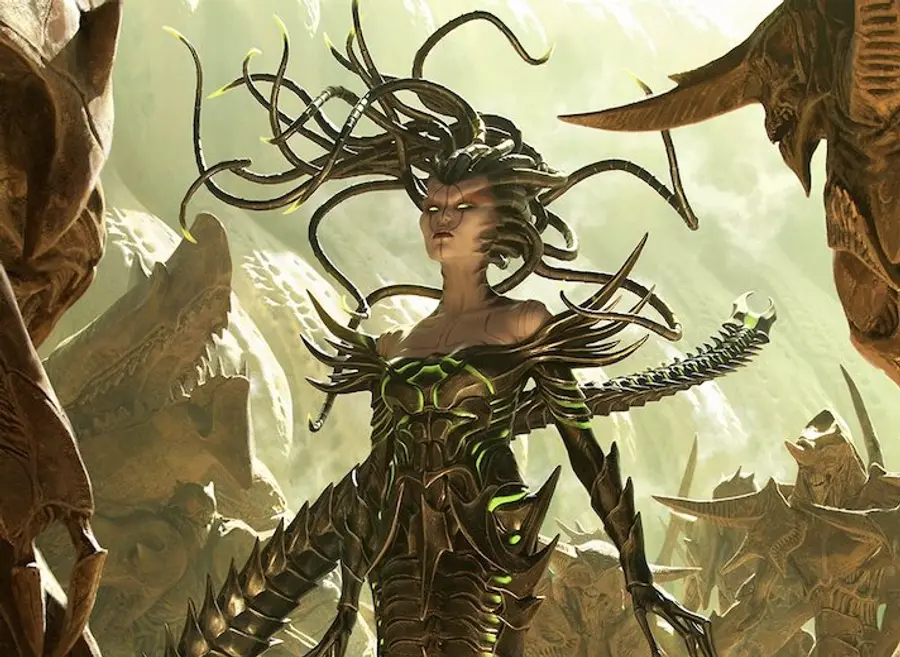There are many well-known deck-building strategies in Magic: The Gathering, and the most effective strategy can vary depending on the specific format and the individual player’s style and preferences. Some common deck-building principles include choosing a strong and cohesive theme or strategy, selecting a balance of powerful cards and support cards, paying attention to the color balance and mana curve of the deck, and testing the deck against other decks to fine-tune it. Ultimately, the key to building a successful Magic: The Gathering deck is to understand the strengths and weaknesses of the cards in your collection and to use them in a way that maximizes their potential.
Deck building in Magic: The Gathering is all about finding the right balance of cards to support your chosen strategy and to counter your opponent’s deck. A well-constructed deck should have a good mix of different card types, such as creatures, spells, and lands, and it should be able to adapt to different situations that might arise during a game. Some players prefer to build “aggro” decks that rely on fast, aggressive creatures to quickly overwhelm their opponent, while others prefer more control-oriented decks that seek to disrupt their opponent’s plans and maintain a strong defensive position. Ultimately, the key to success in Magic: The Gathering is to understand the game’s mechanics and to constantly evaluate and adjust your deck to maximize its effectiveness.
here are a few examples of well-known deck-building strategies in Magic: The Gathering:
- One popular strategy is to build a “combo” deck, which seeks to assemble a specific combination of cards that can generate a huge amount of mana or create an overwhelming board state. For example, a combo deck might use cards like “Sakura-Tribe Elder” and “Primeval Titan” to quickly ramp up its mana production, allowing it to play powerful spells and creatures earlier than usual.
- Another common strategy is to build a “control” deck, which seeks to disrupt the opponent’s plans and maintain control of the game. A control deck might use counterspells and removal spells to prevent the opponent from playing their key cards, and it might also use card-drawing and library-manipulation effects to find the right cards at the right time.
- A third strategy is to build a “midrange” deck, which seeks to strike a balance between aggressive and defensive play. A midrange deck might use a mix of efficient creatures, removal spells, and card-drawing effects to apply pressure to the opponent while also being able to defend itself against their attacks.
- Finally, some players prefer to build “aggro” decks that seek to quickly overwhelm the opponent with a barrage of fast, aggressive creatures. An aggro deck might use cards like “Goblin Guide” and “Lightning Bolt” to deal a lot of damage early in the game, putting the opponent on the back foot and giving them little time to mount a counter-attack.
These are just a few examples of well-known deck-building strategies in Magic: The Gathering. There are many other approaches to deck building, and the best strategy will vary depending on the specific format and the individual player’s style and preferences.
